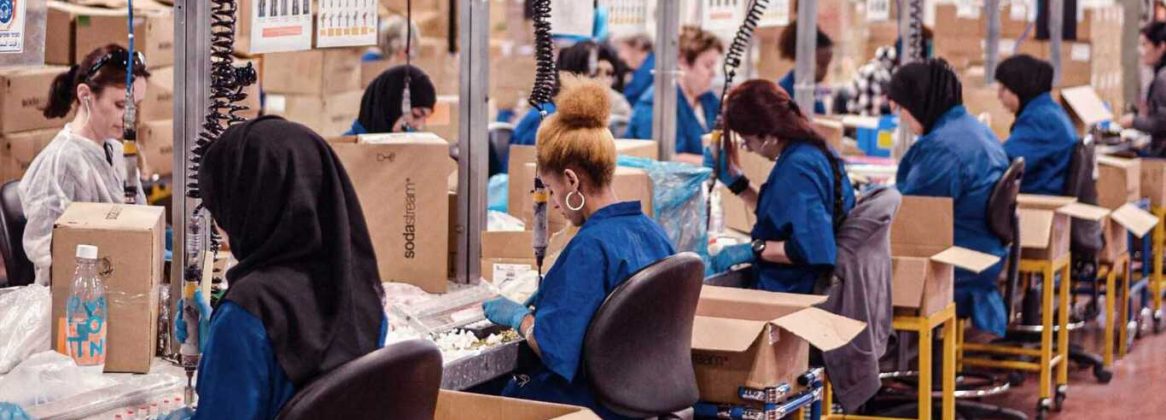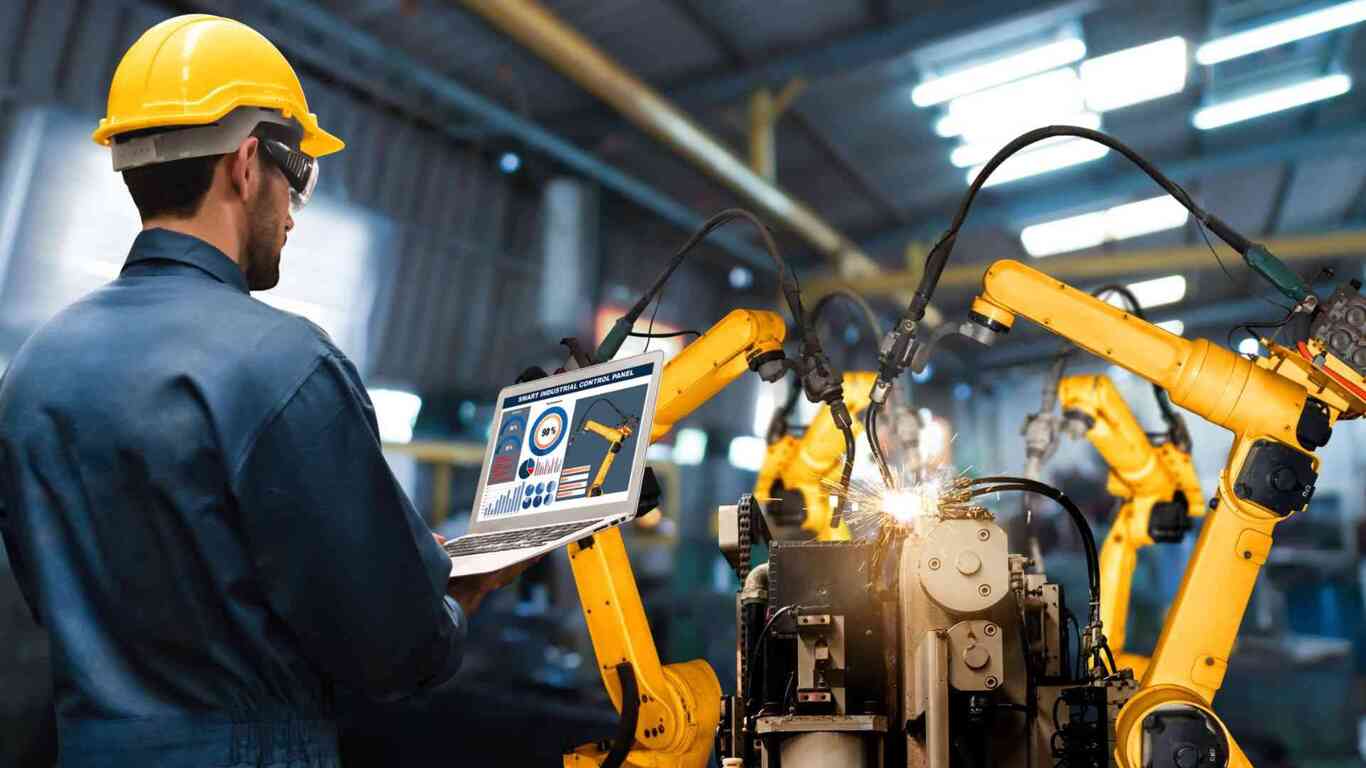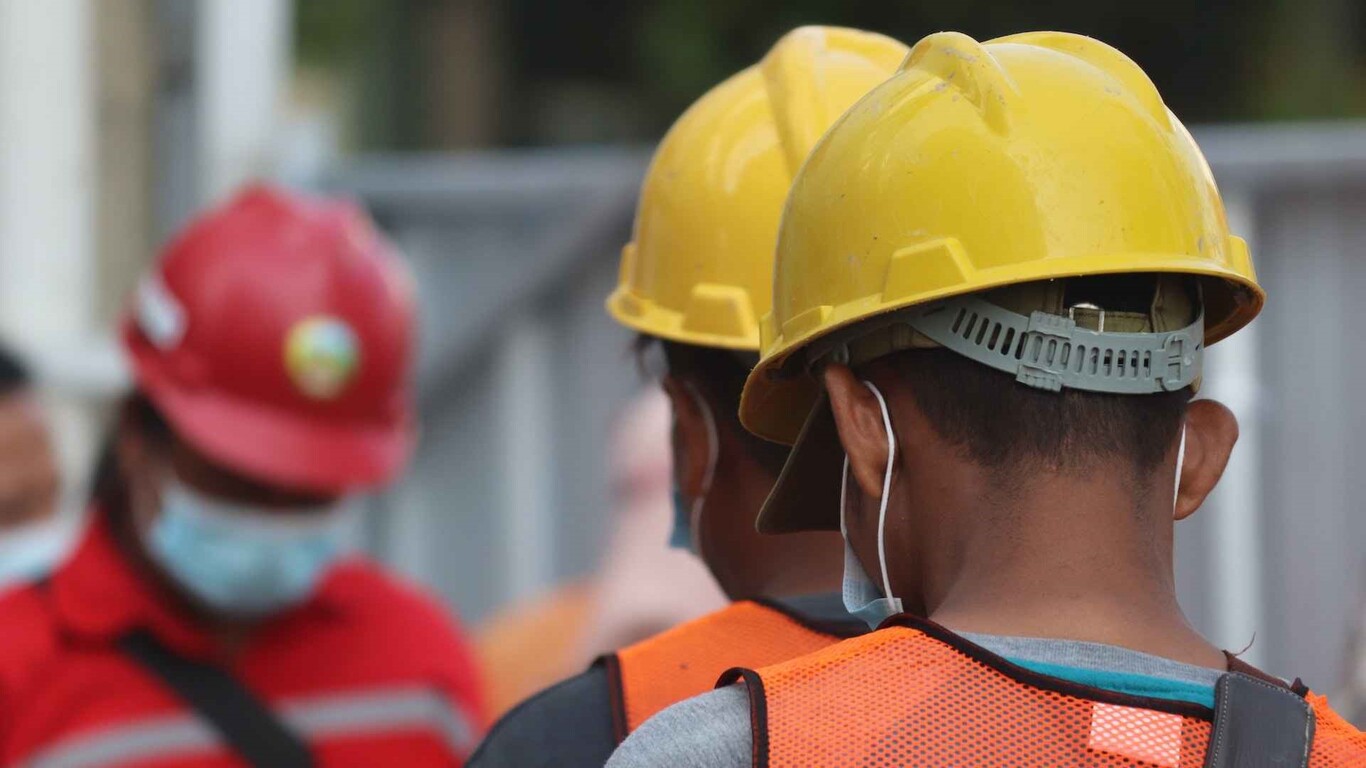A lot has changed in manufacturing. Nowadays, new technology, modernized processes, and innovative methods are regular fixtures in the industry. These advancements, along with the rapid retirement of Baby Boomers, have caused many factories to up the ante in their search for young (Generation Z) talent. Then again, even as new talent is brought on board, manufacturers must capture the knowledge housed in the minds (and hands) of the older generation. The time is short and the wealth of experience to be captured is huge. This article observes strategies that can help you effectively retain and recycle tribal knowledge in your factory.
A typical 21st-century manufacturing worksite has three generations of workers: the Baby Boomers, millennials, and Generation Z. But not for much longer.
A survey conducted by American ‘fact tank’ Pew Research Center, revealed that in just two decades, the number of working Baby Boomers (those born from 1946-1964) decreased by an alarming 38% – from 66 million in 1997 to around 25 million in 2017. The effect of this reduction is the loss of decades of experience, unique working methods, and valuable tribal knowledge upon which factories have stood.
What is Tribal knowledge?
“Tribal knowledge is any unwritten information that is not commonly known by others within a company.”
Tribal knowledge could be a quick-fix solution, a subtle ‘trick’, or a shortcut that enhances worker efficiency and forestalls downtime. Unfortunately, because it’s unstandardized and rarely documented, this knowledge may only be known by the veteran workman who has worked on the same machines and production processes for years. If the veteran – the legacy worker – retires, the knowledge will likely be lost forever since the rest of the workforce will remain oblivious of the unstandardized working method.
Preserving tribal knowledge: 4 Key strategies
- Extract knowledge from Baby Boomers
- Subject the process to quality and safety review
- Foster collaboration between Baby Boomers and Generation Z.
- Document and record the knowledge
Extract knowledge from Baby Boomers
In a factory, there are often workers (usually Baby Boomers) who have unique solutions to solving recurring problems, no matter their complexity. While these solutions may be unexpressed, the responsibility lies with supervisors and line managers to extract the know-how from the legacy worker. But this is not always straightforward.
Sometimes, workers – expecting scrutiny or working in silos – may be unwilling to reveal their ‘secrets,’ even more so when the working culture is unhealthy and unsuitable for knowledge transfer.
At Maximl, we always emphasize on the need to cultivating a healthy and collaborative work culture. A healthy problem-solving work culture, devoid of fault-finding will normalize knowledge-sharing and remove the fear of reprimands. Moreover, the openness and harmony that the culture creates will enable legacy workers to share their ideas without suspecting that managers are angling for a lay-off.
Another effective way to extract and retain tribal knowledge is by employing digitalization tools. Digital cameras and work-monitoring technologies will help the factory observe inventive working methods. Afterward, the ensuing video feeds can be studied and fashioned to serve as visual training guides for onboarding new workers.
Subject the process to quality and safety review
After extracting knowledge from Baby Boomers, the next step is to verify the ‘workability’ of the knowledge. Working hacks, unique to legacy workers, may not always conform to the safety and quality standards of the factory. So, despite a positive effect on efficiency, the hack should still be subjected to review before standardization and eventual adoption by the younger generation of workers.
If the technique is unsafe or adversely affects the quality of the factory’s products, the legacy worker can be informed and encouraged to stick with known methodologies.
Foster collaboration between Baby Boomers and Generation Z
Without knowing, a factory’s prevalent culture could encourage organizational silos. In such instances, experienced workers, seeing the younger workers as threats, will put a hard grip on information and may not work in synergy for the growth of the factory.
One of the remedies for this situation (other than cultivating a healthy work culture) is to fix inter-generational working schedules and team groups to foster collaboration. This arrangement will also encourage active and passive mentoring – allowing the younger workers to glean technical skills direct from experienced hands.
Document and record the knowledge
To change the state of the information from tacit to explicit, the knowledge must be documented. When standardized and adopted, the documented information – unique to the factory – will give it a production advantage over competitors.
Documentation also creates a reference knowledge base to continually improve the factory’s processes and products, consistent with the PDCA methodology.
Why Maximl?
Maximl’s Connected Worker platform syncs with digital cameras and monitoring gadgets to provide rich insights into working processes in real-time. Furthermore, factories can document tacit knowledge on our platform and rapidly digitize this information for easy retrieval.




